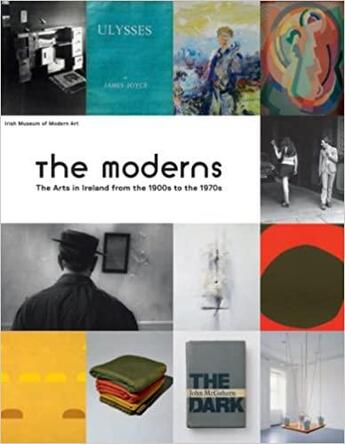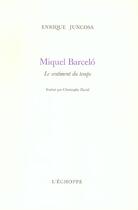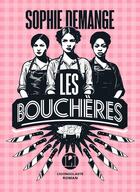-
Date de parution : 30/06/2011
-
Editeur :
Dap Artbook
-
EAN : 9781907020490
-
Série :
(-)
-
Support :
Papier
Résumé:
Irish artists and writers have played a fascinating role in the story of modernism, and The Moderns traces this story by bringing together exceptional examples of painting and sculpture, photography, film, architecture, literature, music and design, of Irish significance, in an exploration of... Voir plus
Irish artists and writers have played a fascinating role in the story of modernism, and The Moderns traces this story by bringing together exceptional examples of painting and sculpture, photography, film, architecture, literature, music and design, of Irish significance, in an exploration of the development of modern Ireland through its arts in the period from the 1900s to 1970s. Its broad interdisciplinary context proceeds from the recognition that art forms are not mutually exclusive and that the understanding of one may inform another. Here, the paintings of Mainie Jellett, Evie Hone and other advocates of European modernism are juxtaposed with the accomplishments of designer-architect Eileen Gray and writer James Joyce. Also examined are the works and influence of John Millington Synge, Paul Henry and the Yeats family; the impact of Surrealism; postwar connections among Irish and British artists and writers, including Francis Bacon, Louis le Brocquy and Anthony Cronin; and the introduction for the first time of Samuel Beckett as a visual artist through his work Film. The Moderns reflects the groundbreaking Rosc exhibitions from the 1960s and 70s onwards. Minimalism and Conceptualism and the emergence of postmodernism are traced in the works of Brian O'Doherty, Barry Flanagan, Michael Craig-Martin, Sean Scully and James Coleman. The Moderns declares what we know to be the case, but which few publications have examined--that the arts of the past century owe Ireland some of their greatest works.
Donner votre avis















